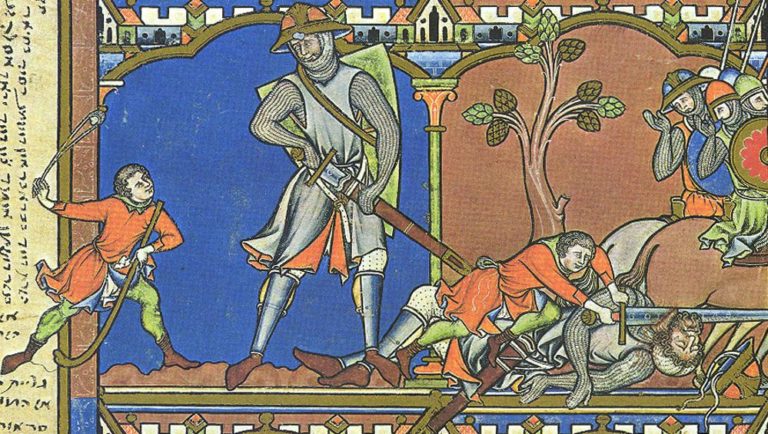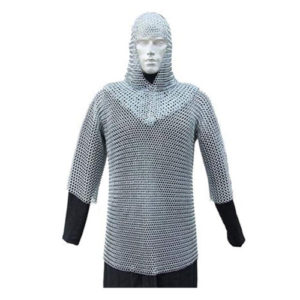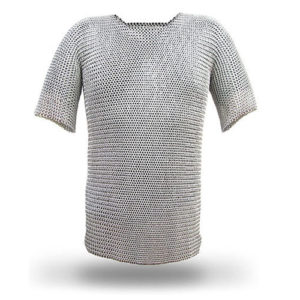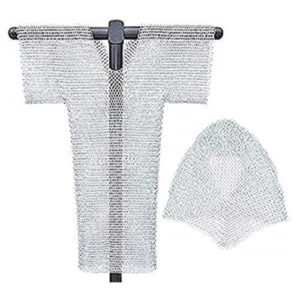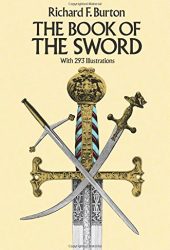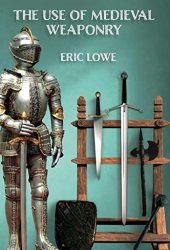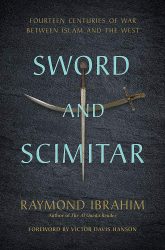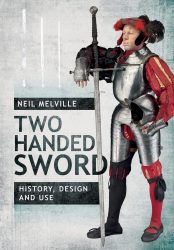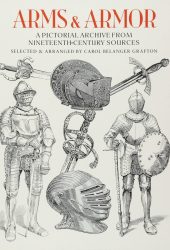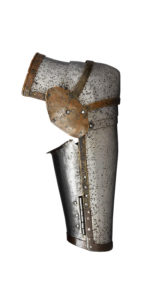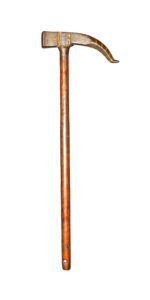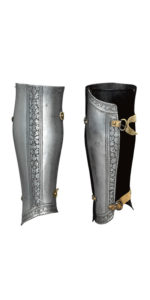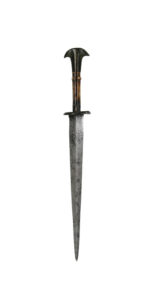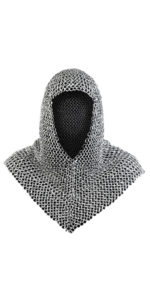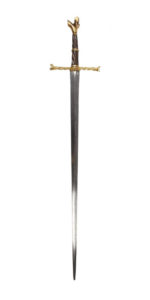The chain mail is a type of armour made of small rings liked together in a mesh. The hauberk is a piece of armour that originally covered only the neck and shoulders but later evolved into a full-length coat of mail or military tunic.
Chain mail came into fashion during the Middle Ages (13th century) as battlefield armour – long after the destruction of the Thracians by the Roman Empire. This type of protection was extremely popular among knights and other medieval Europe brawlers.
The most common pattern for linking the rings of chain mail is 4-to1 – where each ring is linked with four others. Mail was usually more expensive than plate armour and it persisted longer in less technologically-advanced areas throughout Europe.
History of the Chain Mail
The earliest chain mail examples were found in Slovakia and Romania, and date from the 3rd century BC. Others can be tracked back to the Celts and the Etruscan around the 4th century BC. It’s believed that chain mail was inspired by earlier scale armour used by the Persians and Zoroastrians.
Although there’s no agreement on the origin of the word mail, it’s believed to be linked to macula (spot or opacity in Latin), or maillier (to hammer in French).
Chain mail was a common battlefield armour during the Middle Ages. The oldest intact mail hauberk is thought to have been worn by Leopold III, Duke of Austria, who died in 1386 during the Battle of Sempach. By the 14th century, mail was supplanted by plate, which provided greater protection against crossbows, lancer charges, and bludgeoning weapons. However, many soldiers still used chain mail as brigandines and padded jacks.
Effectiveness of the Chain Mail
Chain mail armour was effective against slashing blows made by edged weapons and some thrusting and piercing ones. Generally speaking, they couldn’t be pierced by conventional medieval weapons.
The reason chain armour was so effective was due to four factors:
- Linkage type, which could be riveted, butted, or welded.
- Material used, which could be iron, bronze, or steel.
- Weave density, which means a tighter weave needs a thinner weapon to surpass it.
- Ring thickness, which could range from 18 to 14 gauge wire.
A mail that was not riveted could be penetrated by a thrust from most sharp weapons. However, if it was riveted, only strong thrusts could damage and break it. Strong projectile weapons such as recurve bows and crossbows could penetrate riveted chain armour.
Because chain mail was flexible, a blow would often injure the wearer, which could cause bruising and fractures. Chain mail was also a particularly poor defence against head trauma, reason why mail-clad fighters frequently used rigid helms over their mail coifs. A soft gamberson was also worn under the hawberk to protect from maces’ and warhammers’ impact.
Medieval Depictions of Chain Mail

